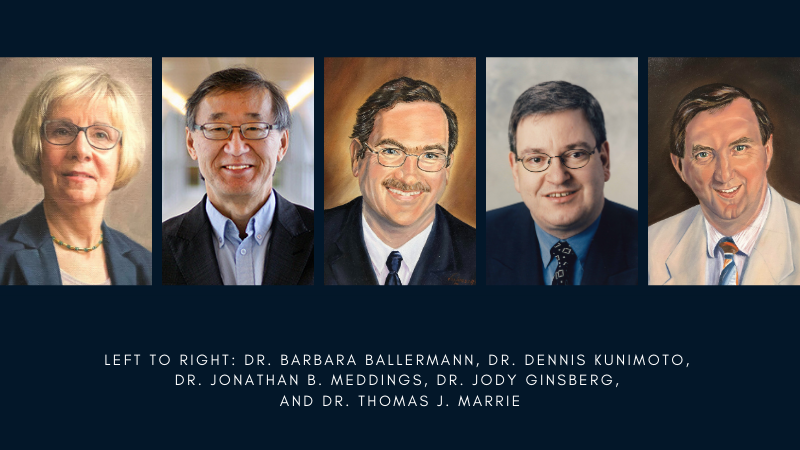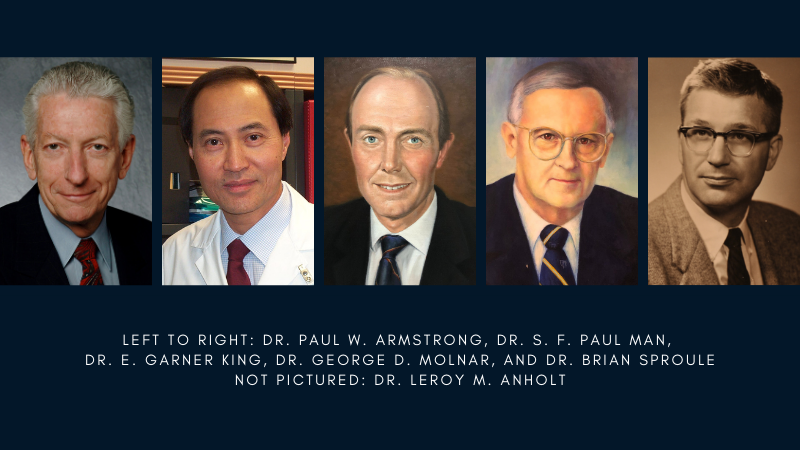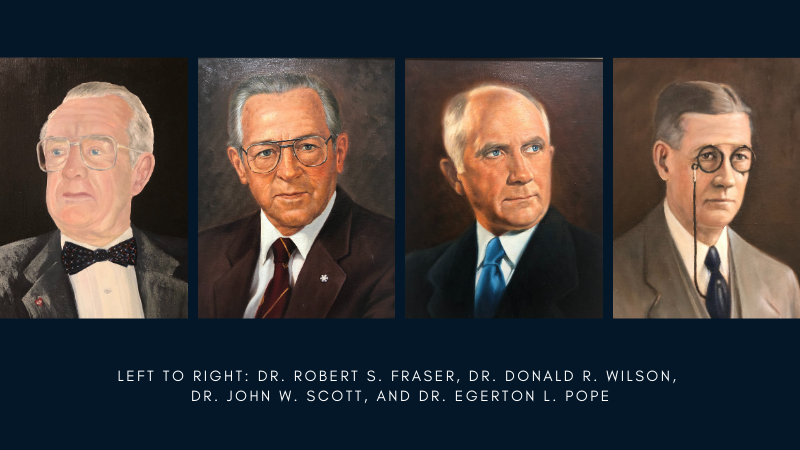Past Chairs of the Department of Medicine
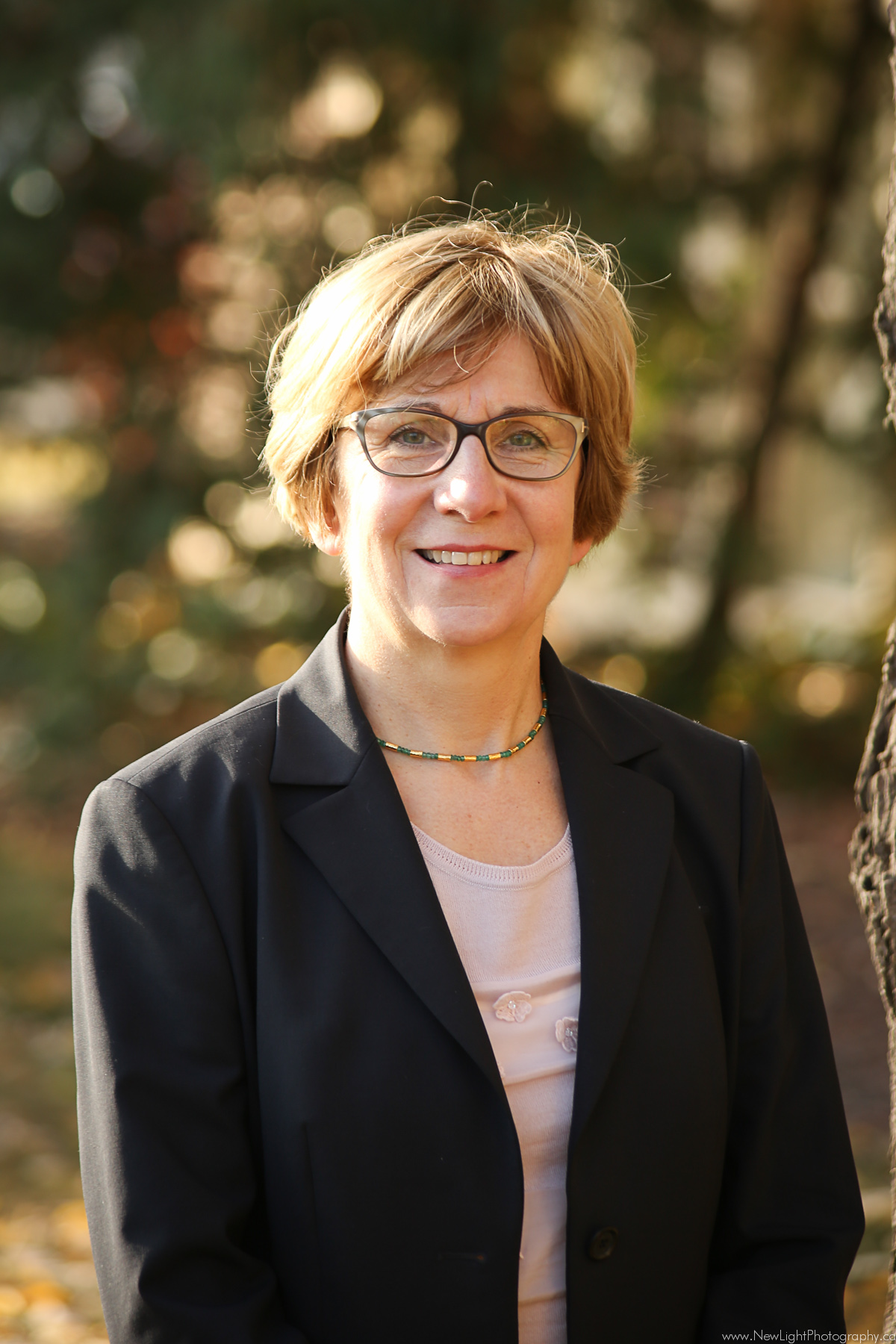
Dr. Barbara Ballermann completed her BSc at the University of Alberta and her MD at the University of Calgary. She did her clinical training in Internal Medicine and Nephrology at the Royal Victoria Hospital, McGill University Montreal. She trained as a research fellow in Nephrology at Harvard Medical School.
Her first faculty appointment was as Instructor in Medicine in 1983 at Harvard Medical School in Boston. She moved back to Canada very briefly as Assistant Professor of Medicine at McGill University in 1985- before returning to Harvard in 1986 as Assistant Professor. In 1990 she became Associate Professor of Medicine at the Johns Hopkins University School of Medicine in Baltimore, and Adjunct Associate Professor of Pathology in 1996. She was tenured and promoted to Professor of Medicine and Pathology at Hopkins in 1999. Her years at Hopkins allowed her to establish full independence as an investigator, and she developed strong collaborative friendships in Cardiovascular research and Pathology. From 2000 to 2003 she was Professor in Medicine at the Albert Einstein College of Medicine in New York.
In 2003 she returned to Canada as Professor of Medicine and Director of the Division of Nephrology at the University of Alberta. Then, in 2010, she was appointed Chair of the Department of Medicine, and AHS Head of the Clinical Department of Medicine for the Edmonton Zone.
Throughout her career, she has maintained an active role as a biomedical researcher and as a teacher of Clinical Medicine, Renal Physiology and Pathophysiology. Over the years, she played a role in several formal career development programs, first as a member of the Task Force on the Careers of Women in Academic Medicine at Hopkins and then as a Faculty member in the Career Development Program of the American Society of Nephrology.
Dr. Ballermann has held independent research funding from the National Institutes of Health (NIH), the American Heart Association, the National Kidney Foundation (USA), and since her return to Canada from the CIHR, NSERC, the Kidney Foundation of Canada and the Heart and Stroke Foundation of Canada.
Over the years, Dr. Ballermann has been recognized by a few awards, including the Young Scholar Award from the American Society of Hypertension, the Established Investigator Award from the American Heart Association, and a Canada Research Chair in Endothelial Cell Biology. She was also elected to membership of the American Society for Clinical Investigation, the Interurban Clinical Club, and most recently the Canadian Academy of Health Sciences. From 2008 until 2010 she was President of the Canadian Society of Nephrology.
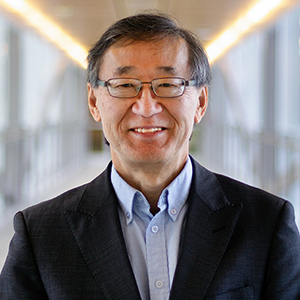
Dr. Dennis Kunimoto is an alumnus of the University of Alberta’s medical school. He completed his internal medicine residency at the University of Alberta, his infectious disease residency at the University of Manitoba and three years of research training in immunology and molecular biology at the National Institutes of Health in Bethesda, Maryland. Since returning to Alberta to join the Division of Infectious Diseases in 1988, Dr. Kunimoto has served in numerous leadership and administrative roles. He has either led or has been a member on committees involved in many different aspects of clinical service, medical education, research and administration for the Faculty of Medicine & Dentistry, the University of Alberta and the University of Alberta Hospital, as well as provincially and nationally.
Dr. Kunimoto became Chair (Acting) of the Department of Medicine in 2009, before serving as Vice-Dean, Faculty Affairs from 2011 to 2017, then Interim Dean of the Faculty of Medicine & Dentistry from 2017 to 2019. He is currently Vice Dean, Faculty Affairs for the Faculty of Medicine & Dentistry.
Dr. Kunimoto has served on several committees related to information management and electronic medical records, academic evaluations and appeals, and residency training. He is the Medical Director for the Edmonton TB clinic and he is also a member of the Tuberculosis Control Committee of Alberta. In 2016, Dr. Kunimoto received the Outstanding Service Award from the International Union of TB and Lung Disease North American Region.
His clinical interests include tuberculosis, hepatitis C and HIV. His research in immunology and molecular biology of mycobacteria has received funding support from the former Alberta Heritage Foundation for Medical Research and the Canadian Institutes of Health Research. He has authored and co-authored many research papers in peer-reviewed journals that include BMC Infectious Diseases, ERJ Open Research, Frontiers in Immunology, PLOS ONE and Open Forum Infectious Diseases.
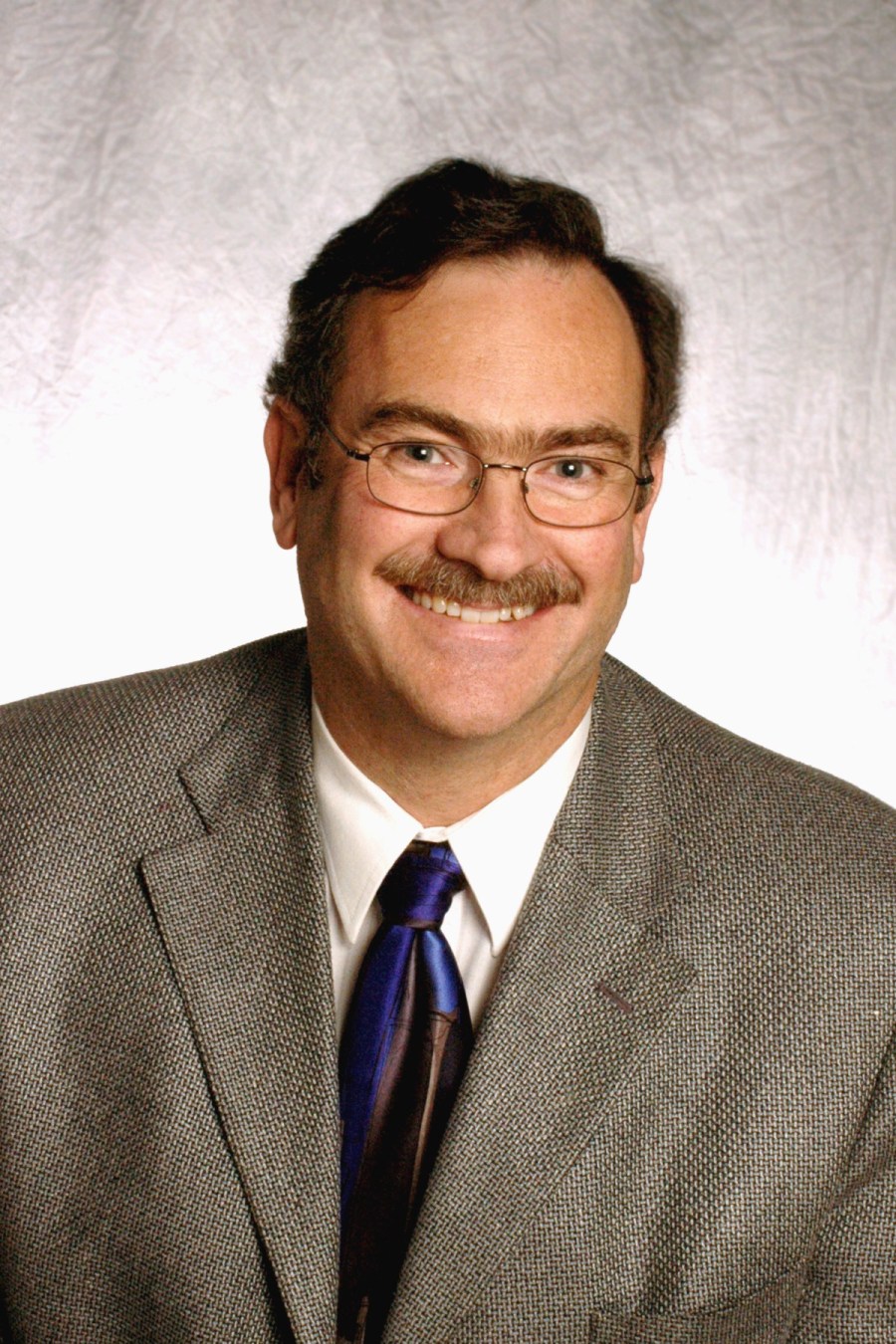
After receiving his BMSc and MD from the University of Alberta, Dr. Jon Meddings completed his internship in Dunedin, New Zealand at Wakari Hospital, his residency in Edmonton at the University of Alberta Hospital, and two fellowships in Dallas at the University of Texas Health Science Centre. He became a Fellow of the Royal College of Physicians and Surgeons in 1983 and was inducted into the Canadian Academy of Health Sciences in 2010.
Dr. Meddings started his academic career at the University of Calgary in 1987 as an Assistant Professor. In 2000 he was appointed head of the Division of Gastroenterology at the University of Calgary, and chief, Division of Gastroenterology at the Calgary Health Region. In 2004, he came back to the University of Alberta to serve as Chair of the Department of Medicine, before returning to the University of Calgary in 2009 to serve as Vice Dean in the Faculty of Medicine, and later as Interim Vice-President (Research) in 2011. In 2012, he was appointed as Dean of the Faculty of Medicine.
He has been honoured with several awards and distinctions for his research innovations in celiac disease, inflammatory bowel disease and bowel permeability. He has served on the editorial boards of journals and has been a grant reviewer with the Medical Research Council of Canada, the National Institutes of Health, the Alberta Heritage Foundation for Medical Research, and the National Academy of Sciences, among others. In 2010, Dr. Meddings was honoured for his work with an induction into the Canadian Academy of Health Sciences.
He is dedicated to excellence in research and education, and improving patient care in Calgary and beyond.
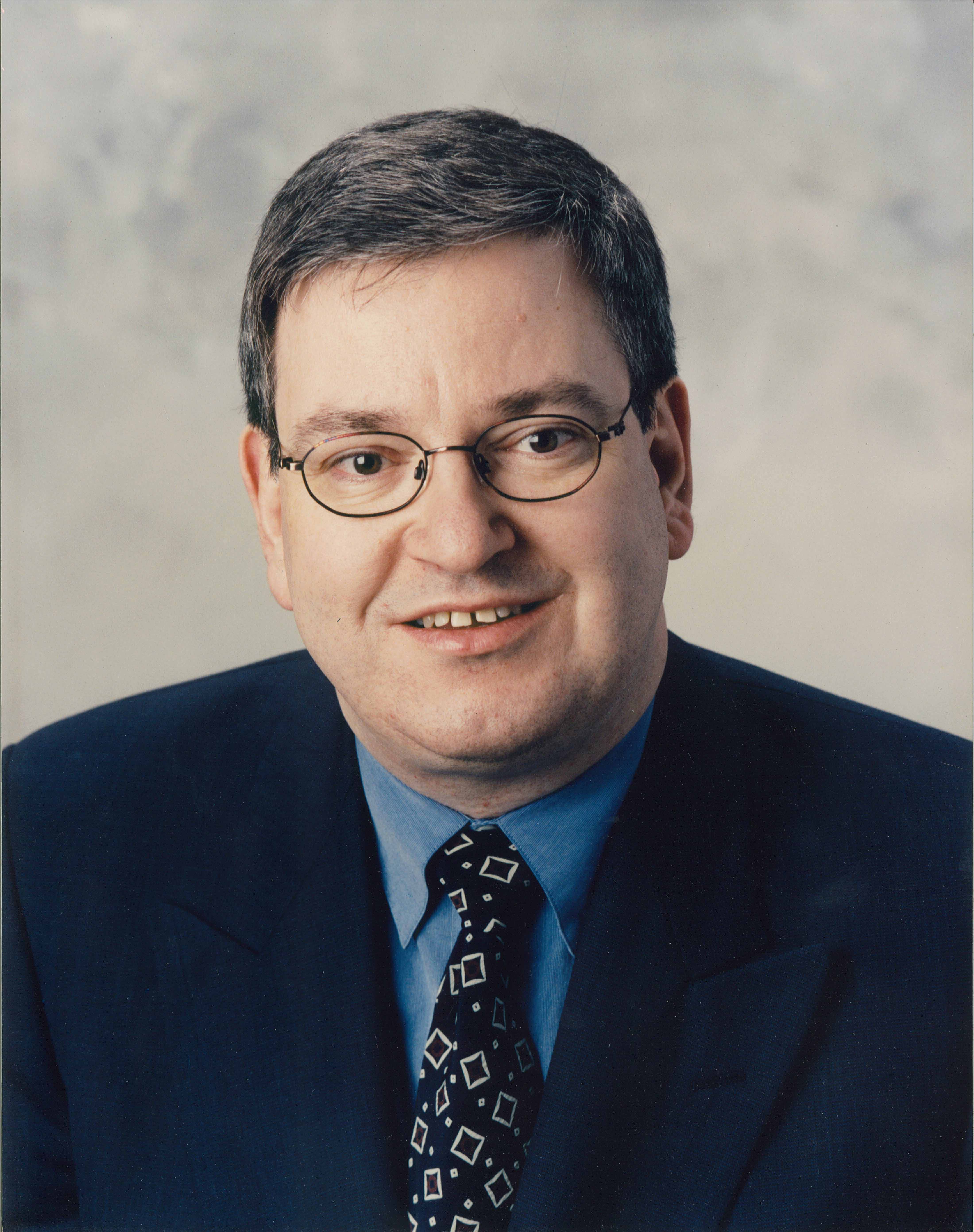
Dr. Jody Ginsberg graduated from the University of Toronto Medical School and joined the Department of Medicine in 1983. A member of the Division of Endocrinology and Metabolism, he served as Divisional Director before serving as Deputy Chair of the Department, then subsequently served as Acting Chair from July to October 2004.
Dr. Ginsberg worked very hard for the success of the Department. His research area was in thyroid disease.
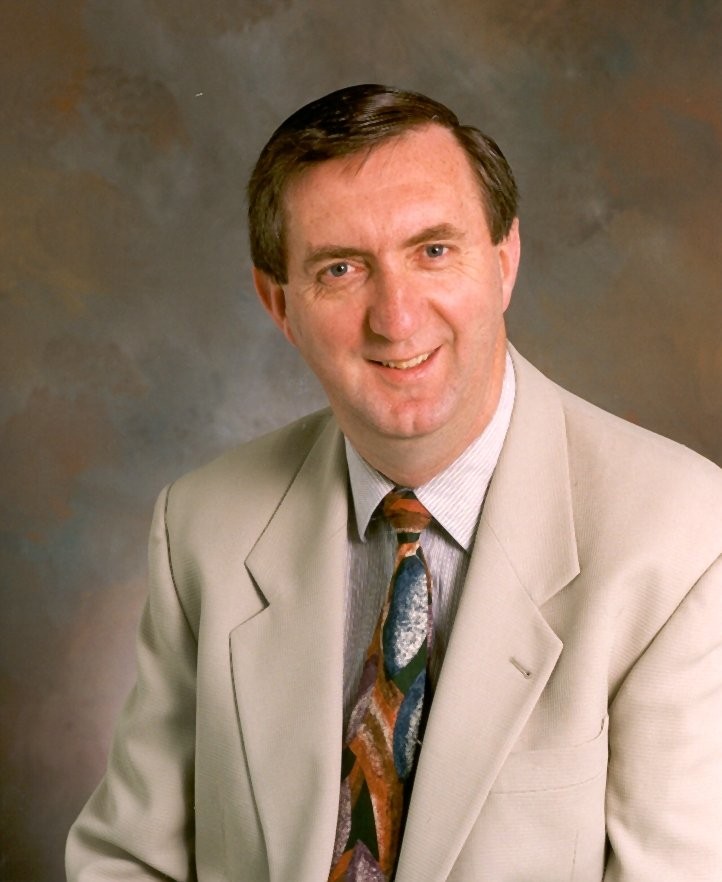
Dr. Thomas Marrie is well known across the country as an infectious diseases specialist. He was a graduate of Memorial University and Dalhousie Medical School. Prior to joining the University of Alberta, Dr. Marrie was a Professor of Medicine and Microbiology at Dalhousie University in Halifax, Nova Scotia for more than two decades. He came to the university in 1999 as Professor and served as Chair of the Department of Medicine from 1999 - 2004, after which time he became Dean of the Faculty of Medicine & Dentistry.
As Chair, he developed an alternate funding plan that produced a new method of support for faculty allowing for greater academic activity and encouraging innovations in patient care. He recruited a number of top researchers and clinicians over the last several years, ensuring the Department is among the strongest in Canada. He focused on research, education, and patient care as the three main missions of the Department.
He returned to Dalhousie in 2009 to become Dean of Medicine until 2015. He also served as Deputy Minister of the Health Department in Nova Scotia.
Dr. Marrie has served as Chair of the Canadian Residency Matching Service and the Canadian Academy of Health Sciences, and as president of the Canadian Association of Professors of Medicine, the Canadian Infectious Disease Society, and the Canadian Academy of Health Sciences. A Member of the Order of Canada and a Fellow of the Royal Society of Canada, he has been recognized with a Master Clinician Lecturer Award from the Department of Medicine at Dalhousie and a Lifetime Achievement Award from the Association of Medical Microbiology and Infectious Diseases of Canada, among dozens of other awards. He received an honorary doctorate in 2003 from the University of Mediterranean in Marseille, France.
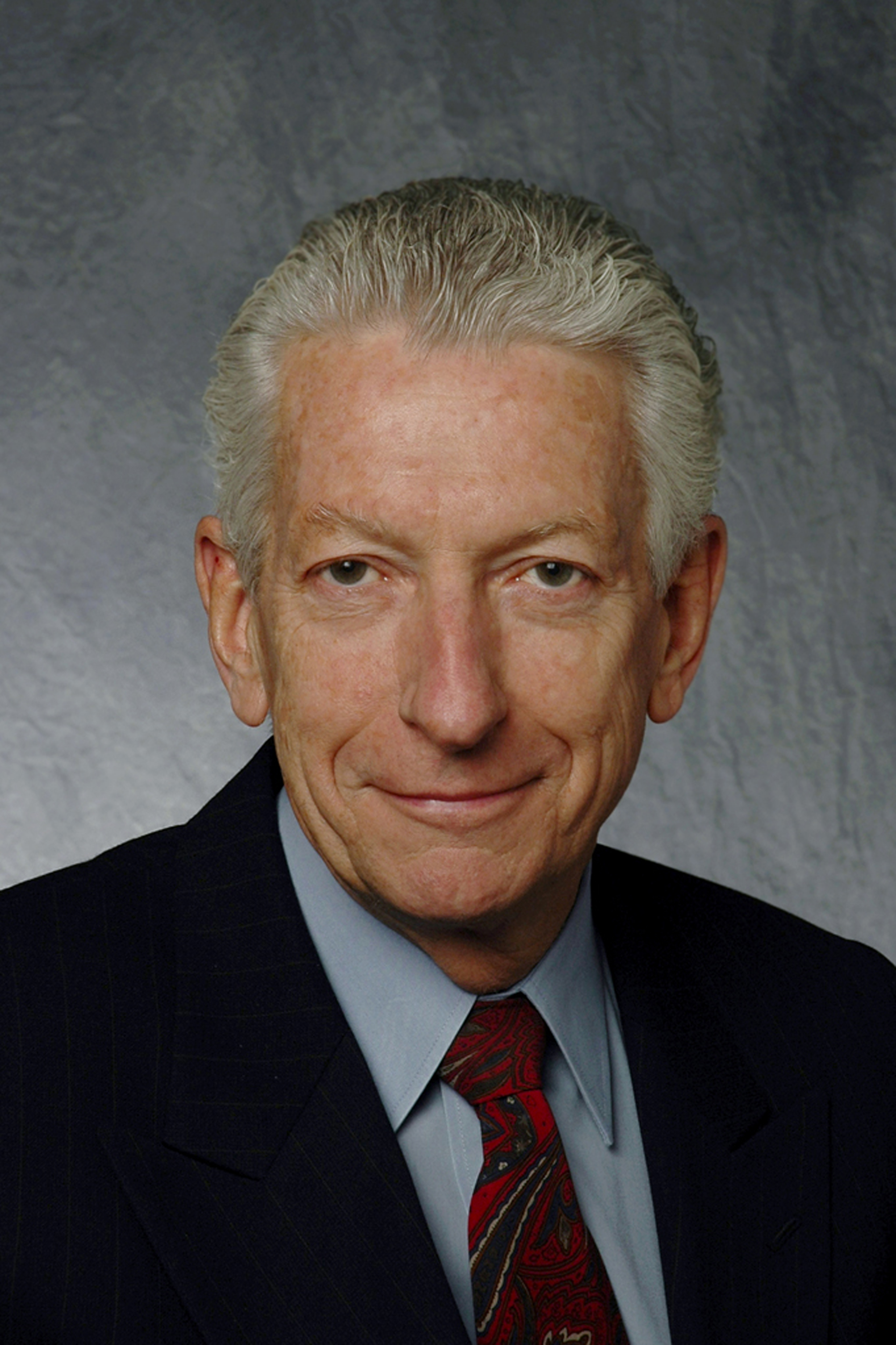
Dr. Paul Armstrong is a Distinguished University Professor with the Department of Medicine (Cardiology) and Founding Director of the Canadian VIGOUR Centre (Virtual Coordinating Centre for Global Collaborative Cardiovascular Research), a University of Alberta Research Centre devoted to enhancing cardiovascular health for current and future generations through the conduct of innovative clinical investigations and the dissemination of their learnings. As founding Director of TORCH (TomorrOw's Research Cardiovascular Health Professionals), a Strategic Training Program Initiative, he is committed to the training and mentoring of cardiovascular researchers. Dr. Armstrong is an internationally recognized expert in acute coronary disease and heart failure and has a particular interest in novel approaches to clinical trial design and interpretation. He is the founding President of the Canadian Academy of Health Sciences, a Fellow of the Royal Society of Canada and an Officer of the Order of Canada.
Dr. Armstrong received his medical degree at Queen's University. After post-graduate training at Queen’s and the University of Toronto, he undertook further clinical and research training in cardiology at the Massachusetts General Hospital, Harvard Medical School and St. George's Hospital, London, UK. From 1972 until 1984 he served as the first Director of the Coronary Care Unit at the Kingston General Hospital, Queen's University. In 1984, he assumed the position of Chief of Cardiology at St Michael's Hospital and Professor of Medicine at the University of Toronto.
From 1993 to 1999, Dr. Armstrong served as Professor and Chair of the Department of Medicine. Reflecting on his time as Chair, Dr. Armstrong said, “for me personally, presiding over the Department of Medicine during the six years ending June 30, 1999, was an awesome responsibility and a distinct honour and privilege. A great Department of Medicine achieves an outstanding balance, invests in its people, recruits excellent leaders and new junior faculty, creates new programs, and listens and responds to the concerns and constructive critique of its stakeholders. All the while, it keeps one’s eye on the future remembering that the long-range vision is what separates the truly successful from the rest”. The department renamed its annual research award the “Paul W. Armstrong Excellence in Research Award” in recognition of his contributions.
Dr. Armstrong's research career developed along two major lines of inquiry. The first involved the study of the pathophysiology and novel therapeutic approaches to congestive heart failure. The second involves the pathophysiology, diagnosis and management of acute coronary syndromes. He has played a lead role and served in multiple executive positions for large-scale international clinical trials of novel treatment strategies for cardiovascular disease, which have helped to transform the care of patients worldwide. In 2007, Dr. Armstrong received the J. Gordin Kaplan Award, for research excellence at the University of Alberta and in 2011 received an award for Excellence in Humanism from the University of Alberta’s Faculty of Medicine and Dentistry. In 2014 he was awarded the University of Alberta Cup, the highest honour bestowed in recognition of outstanding distinction in scholarly research, teaching, and service to the University of Alberta and to the community at large. Also in 2014 he was awarded the Margolese National Heart Disorders Prize of the University of British Columbia for outstanding contributions to the treatment, amelioration or cure of heart disorders.
Dr. Armstrong has authored or co-authored over 800 peer-reviewed publications, serves or has served on the editorial boards of all the major cardiovascular journals and actively participates in key advisory roles on various committees and boards. In 2020, Dr. Armstrong was cited amongst the top 10 most productive authors in the medical literature (Trials. 2020;21:34).
He has a lifelong commitment to the education, training and mentoring of healthcare professionals. Many of his former trainees, residents and research fellows have gone on to faculty/academic positions in Canada and internationally. Dr. Armstrong’s mentorship of trainees and faculty has been a key signature of his career for which he has received numerous awards.
To read more about Dr. Armstrong, please click here.Dr. Leroy M. Anholt was born in Outlook, Saskatchewan and lived in small towns in Saskatchewan and Alberta until coming to Edmonton in 1947 where he attended Garneau High School. He was a proud member of the University of Alberta graduating medical class of 1958. Dr. Anholt joined the Canadian Armed Forces in 1957 and served as a medical officer and flight surgeon in Marville France, Halifax, Nova Scotia, Ottawa, Ontario, and Cold Lake, Alberta. Dr. Anholt left the air force in 1972 to return to his beloved University of Alberta.
Dr. Anholt was Division Director of General Internal Medicine from 1972 to 1977 before becoming acting Department Chair from Jan–Aug 1993.
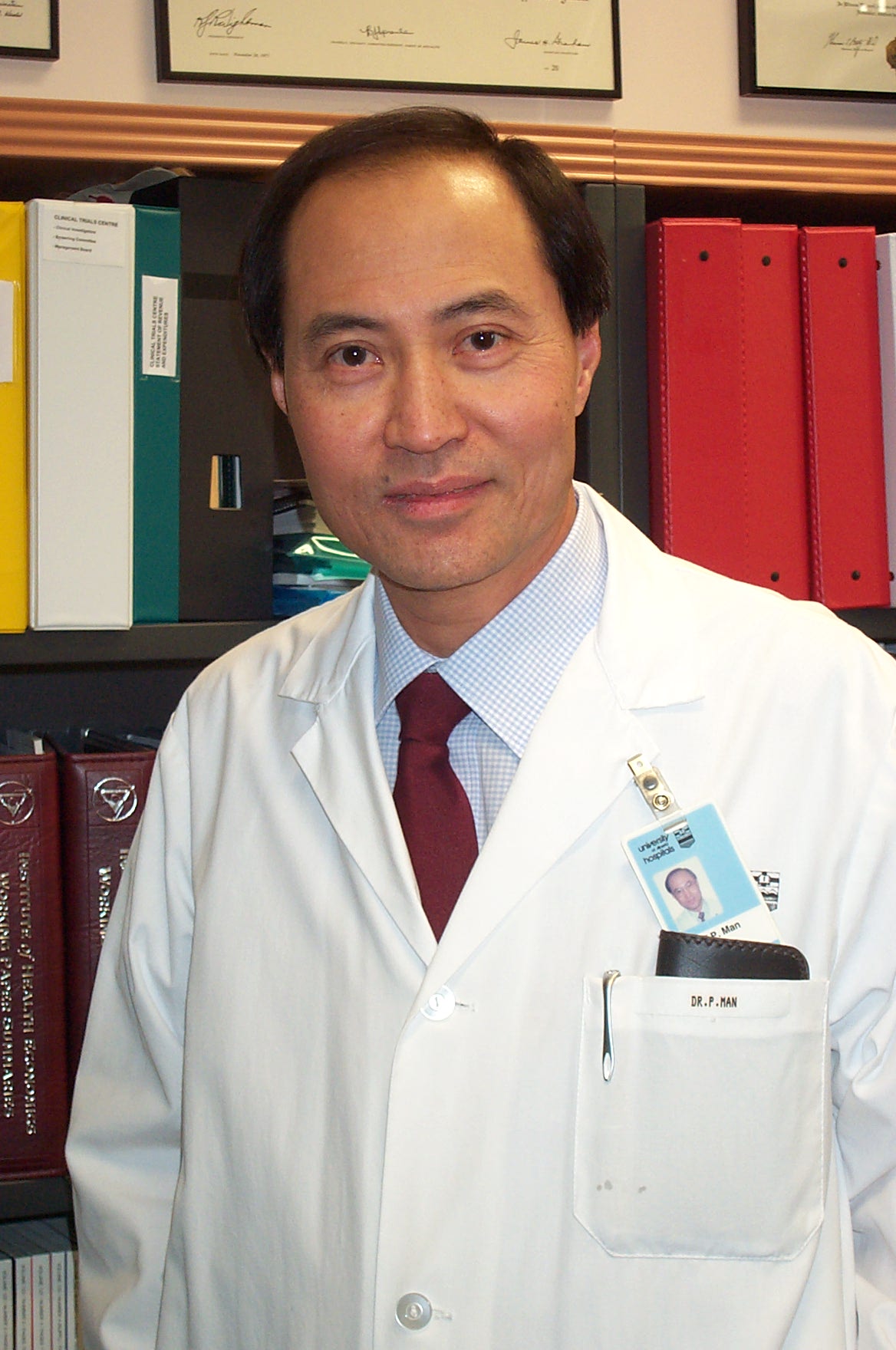
Dr. S. F. Paul Man earned his medical degree from the University of Alberta in Edmonton in 1970. He completed his post-graduate training in Internal Medicine and Respirology at the University of Toronto and a research fellowship at both the University of Toronto and Johns Hopkins University.
Dr. Man’s research expertise is in clinical trials and translational research, particularly in chronic obstructive lung disease. He was the Director of the Division of Pulmonary Medicine for over 10 years.
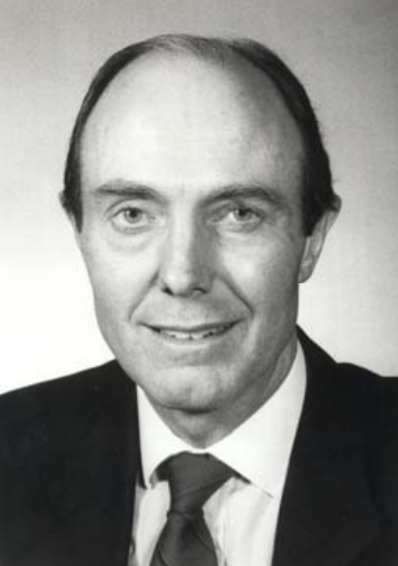
Dr. E Garner King obtained his MD (with distinction) from the University of Alberta in 1963 and completed his postgraduate training at the University of Alberta, The Banting Institute in Toronto, and the University of Colorado Medical Center.
Dr. King joined the University of Alberta as Assistant Professor and Director of the University of Alberta Hospital’s Intensive Care Unit in 1971. He trained many first-generation critical care physicians in Canada as well as a large number from other countries. He was named a full professor in 1981 and was appointed Chair of the Department of Medicine in 1986 after an international search.
As the Chair of Medicine, his vision and determination created a firm direction for the Department; he encouraged excellence, reorganized the Department's finances, and attracted many new academic staff from the world over, particularly in research. Two academic divisions were added during his time as Chair: Dermatology and Geriatric Medicine. Administrative Services was also added during this time. The University and the affiliated teaching hospitals will continue to feel the impact of his presence for many years.
To read more about Dr. King’s legacy, please click here.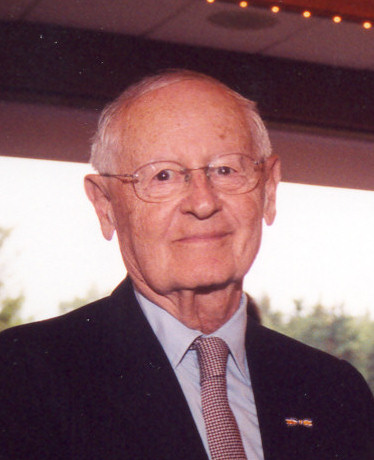
- George D. Molnar was born on July 30, 1922, in Szekesfehervar, Hungary. With the war in Europe imminent, George joined his father and stepmother in Hamilton, Ont., as a 16-year-old in 1939.
When his father was called to preach in Calgary, he followed, studying for a year at Mount Royal University and serving as a reserve with the South Alberta Light Horse Armoured Regiment. Dr. Molnar went on to play a critical role in the conclusion of the Second World War, but he kept it secret from all but his family. It was years later before colleagues learned that as a young captain in the Canadian military he had served as the interpreter for German generals during their surrender in the Netherlands on May 5, 1945, providing a unique service in the liberation of the Netherlands. After the surrender, Capt. Molnar was tasked with overseeing the orderly removal of 120,000 German soldiers from the country. Although V-E Day, marking the Allies’ victory throughout Europe, was declared on May 8th, the Netherlands continues to celebrate its liberation day on May 5th.
After receiving his medical degree in 1951, Dr. Molnar went on to become an instructor and researcher at the Mayo Clinic in Rochester, Minnesota. University officials in Edmonton recruited him back in 1975 to become Chair of the Department of Medicine. He oversaw the growth of the department and reinforced collegial interrelationships both within the Faculty and among clinical and basic science departments, as well as among the staff of the University of Alberta Hospital and Affiliated Teaching Hospitals. He developed a strong and capable departmental administrative core to provide adequate job-and-task-descriptions to facilitate function so that academic staff could focus on their teaching, research, and clinical practice, while administrators could handle the administration.
To read more about Dr. Molnar, his military service, and his legacy, click here.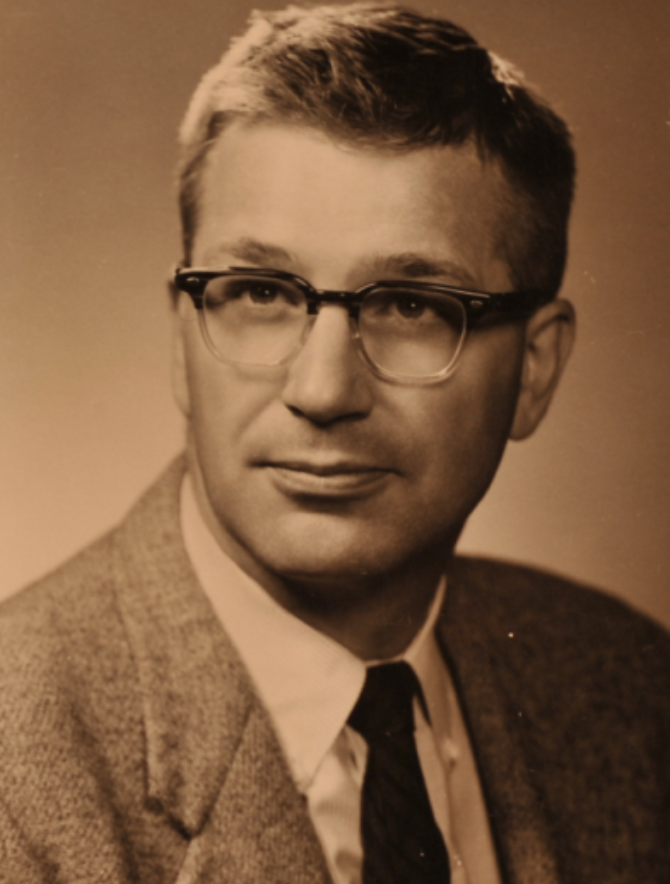
Dr. Sproule’s medical legacy spanned more than five decades in Alberta. He started the Division of Pulmonary Medicine and played a key role in how both polio and intensive care patients would be cared for in Alberta.
Dr. Sproule spent some time in the United States to further his education and, upon his return trip in 1959, Sproule, his wife Marnie and their four children travelled all the way with a Halliburton positive pressure ventilator strapped to the roof of their car. The ventilator was unceremoniously hauled over 3,000 kilometres and would go on to significantly improve the care of polio patients and those with other pulmonary disorders. This unusual trip was only one example of the standard of care and personal effort Sproule put into his work and patients over his career.
Dr. Sproule was drawn to pulmonary medicine during the aftermath of the 1953 polio epidemic. He treated patients with polio both at the Royal Alexandra Hospital and the U of A Hospital. While living on the polio ward at the UofA, he was the first fellow in cardiology at the University of Alberta. He worked with Dr. Robert Fraser in the newly-established cardiovascular unit where the first cardiac catheterizations in the province took place, marking a new age of cardiac diagnosis. At the end of 1954, Dr. Sproule moved to Dallas to complete a residency.
Dr. Sproule became the director of the Division of Pulmonary Medicine, which was housed within cardiology, and established a pulmonary function laboratory. In 1967, he helped to develop a respiratory technology course at NAIT, which was unique in Canada. He later served as head of their respiratory technology program for approximately three decades. He and his colleagues established a respiratory home care program, which provided access to equipment and personnel to support patients in their transition from hospital to home.
Dr. Sproule was one of the first individuals at the University of Alberta Hospital, along with Garner King, to recognize the need for an intensive care unit. He chaired an ICU advisory committee and facilitated the opening of a six-bed ICU in an older wing of the hospital. Within a couple of years, polio patients were moved to the Aberhart Hospital and the ICU was expanded into the former polio ward. He viewed the ICU as a direct legacy of the 1953 polio epidemic and the resulting care at the Royal Alex and the University of Alberta Hospital.
Some of the individuals who contracted polio lived in the hospital for more than 30 years. Sproule is remembered for helping to create a sense of family on the ward, and an environment where patients were supported in exploring their hobbies and passions. Dr. Sproule was a proud recipient in 2002 of the Order of Canada, recognizing his contributions to pulmonary medicine in Canada, and his ongoing commitment to world peace.
To read more about Dr. Sproule and his legacy, please click here.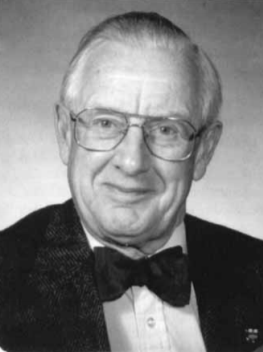
Born in Nelson, British Columbia, in 1922, Fraser graduated with an MD degree from the University of Alberta in 1946. As an aid in choosing a career, he spent a year in family practice, an experience that prompted him to specialize. On the advice of Dr. John W. Scott, he chose to study biochemistry as a prelude to internal medicine. Awarded a National Research Council fellowship, he spent 1949 to 1950 conducting a clinical study of ergothionine on normal subjects and patients. This was followed by 3 years in the training program at the University of Minnesota, which determined his future career. While the distinguished Professor Cecil J. Watson offered an opportunity to participate in his important studies of the porphyrins, it was the newly opened Variety Heart Hospital that lured the young physician into the fledgling field of cardiology.
In 1952, Dr. Fraser received the Markle Scholarship and returned to Edmonton to establish a diagnostic cardiology laboratory. Within two years, nearly 250 catheterizations in children and adults had been performed and a pediatric cardiac clinic had been established. Joined by cardiac surgeons, his group eventually performed approximately 1,000 open heart surgeries by 1967. During this time Dr. Fraser also became an expert in computer applications to data storage and to the interpretation of electrocardiograms and acquired MSc, FRCP(C), FACP, and FACC.
In 1952, Dr. Fraser organized the Alberta Heart Foundation and became its first president, a role he held for 22 years. Ten years later he was appointed as the Secretary-Treasurer, then president of the Canadian Heart Association, which eventually became the Canadian Cardiovascular Society. Through these activities, he became well known and respected across Canada.
Dr. Fraser’s success in developing cardiology led to his appointment as Professor and Chair, Department of Medicine, a position he held from 1969 to 1974. He then served as Associate Dean in the Faculty of Medicine, followed by Acting Dean from 1983 to 1984.
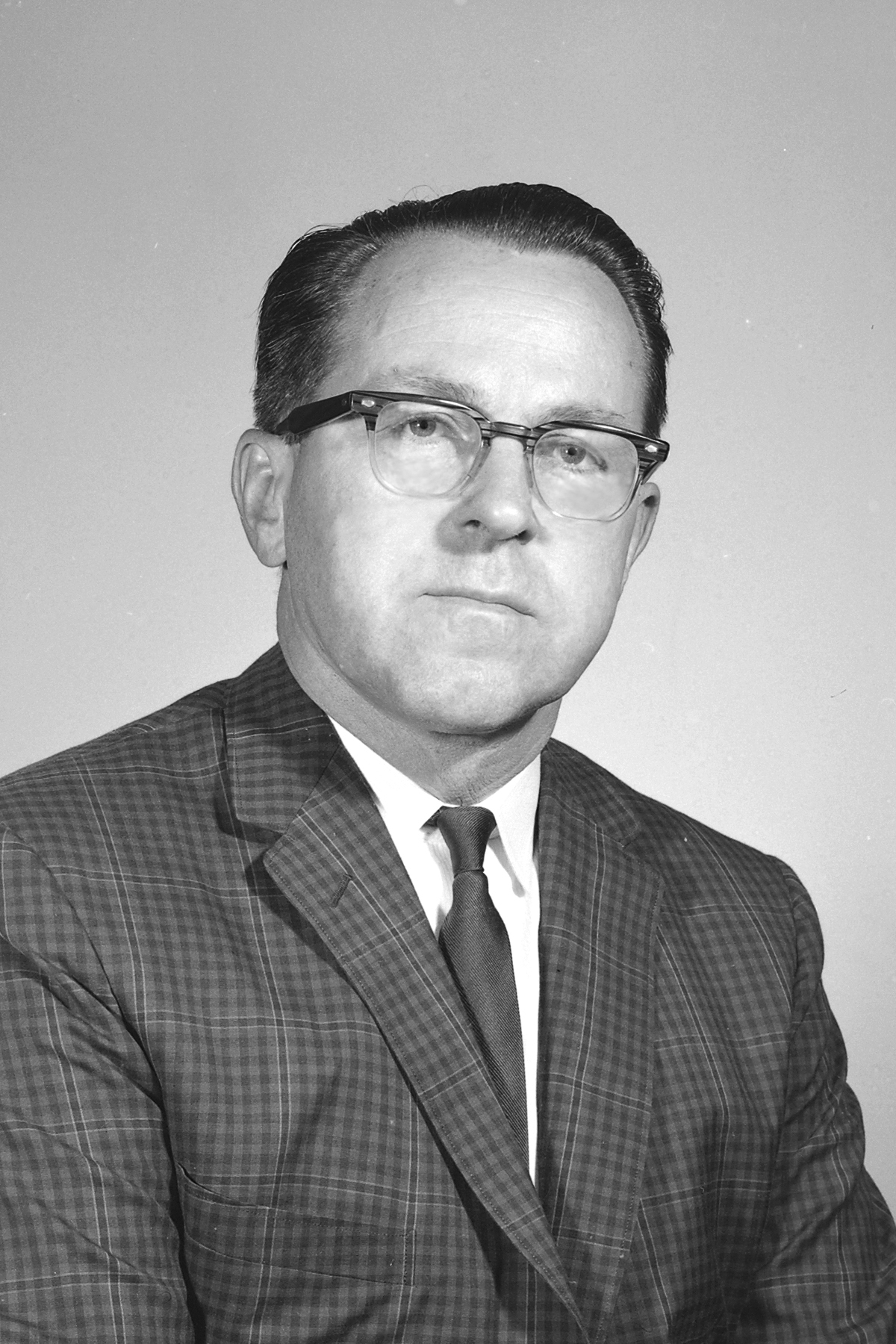
Dr. Wilson attended the University of Alberta and received the prestigious Rhodes Scholarship in 1935. A member of the Royal Canadian Air Force during WWII, he returned to the university in 1947. From 1949 onwards, as a Markle scholar, he began to develop an endocrine laboratory consisting of developing techniques for the measurement of FSH, 17-ketosteroids, and a rather complicated method for measuring urinary corticoids.
Dr. Wilson took office as Chair of the Department of Medicine in 1954 and became one of the first geographic full-time members of the staff. His time as Chair was a period of rapid expansion and change. The first two subspecialty units, which ultimately became Divisions of the Department of Medicine, came into being in 1954: the Cardiovascular Unit and the Endocrinology Laboratory. By 1956, many of the clinical areas which were Divisions of the Department of Medicine had begun to split off and become separate departments in their own right, including Pediatrics and Psychiatry. In 1962 the Department was reorganized into a series of Divisions, each operating within the geographic confines of their own respective wards.
As Dr. Wilson recalled, “I like to think that during the time that I held this position, it was the most interesting and happy period of the University and University Hospital life. It was a period of rapid expansion, obtaining funds for new staff members and research equipment was no problem. The main problem, really, was to find the best personnel available to staff the Department”.
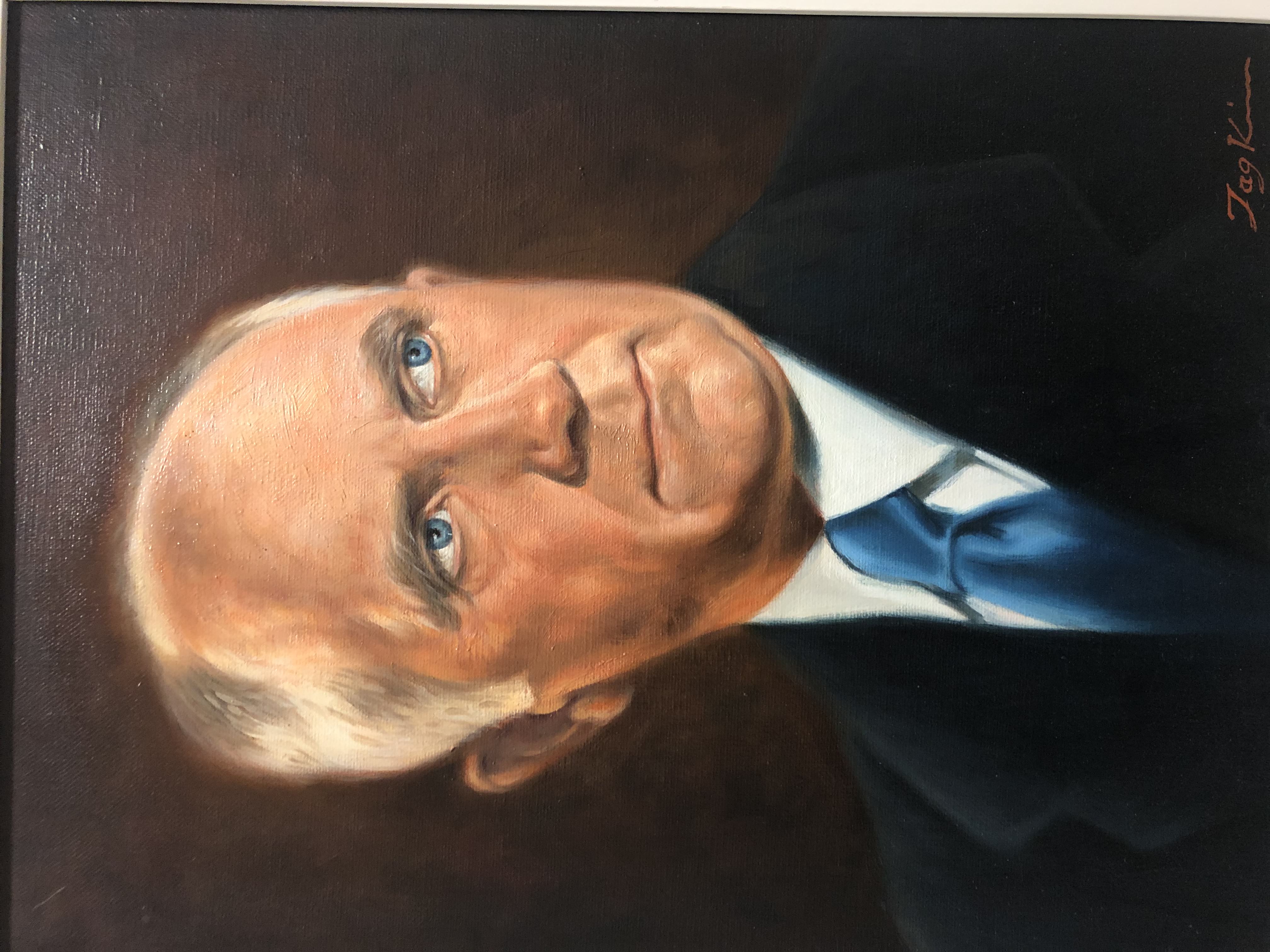
Born in Ireland, Dr. John W. Scott emigrated to Boston in 1908, moved to Edmonton four years later and, after a year's study at Alberta College, entered the University's Faculty of Medicine. Following overseas service in the First World War, he received his medical degree from McGill University in 1921. He joined the staff of the University of Alberta in 1923 as an assistant professor of biochemistry and began his private practice the same year. He later lectured at McGill for a year and furthered his study at the London Hospital Medical School and the Universities of Chicago and Michigan.
Dr. Scott was named Director of Medicine at the University of Alberta Hospital in 1944 and, from 1948 until 1949, was Dean of Medicine. As Dean, he guided expansion of the medical facilities to meet the increase in student enrolment and helped initiate a vital revision of the medical curriculum and staffing.
He also held several national and international offices. He was a member of the medical advisory committee of the National Research Council, president of the Association of Canadian Medical Colleges and of the Royal College Of Physicians and Surgeons, and in 1973 was named a master of the American College of Physicians.
The medical library at the University Hospital is named after Dr. Scott, as is the most prestigious award conferred by the Faculty of Medicine, the award given to the graduating student "who best displays those qualities of scholarship, leadership, and character that were Dr. Scott's great strengths."
Over the course of his long career in medicine, Dr. John W. Scott saw a number of important milestone events at the University of Alberta. He recalled “I have watched the development of the Faculty of Medicine from its creation to its becoming a leader in undergraduate and graduate teaching and research in Canada. It is exciting to recall the major milestones in the investigation and treatment of sick people that have occurred in my medical lifetime”.
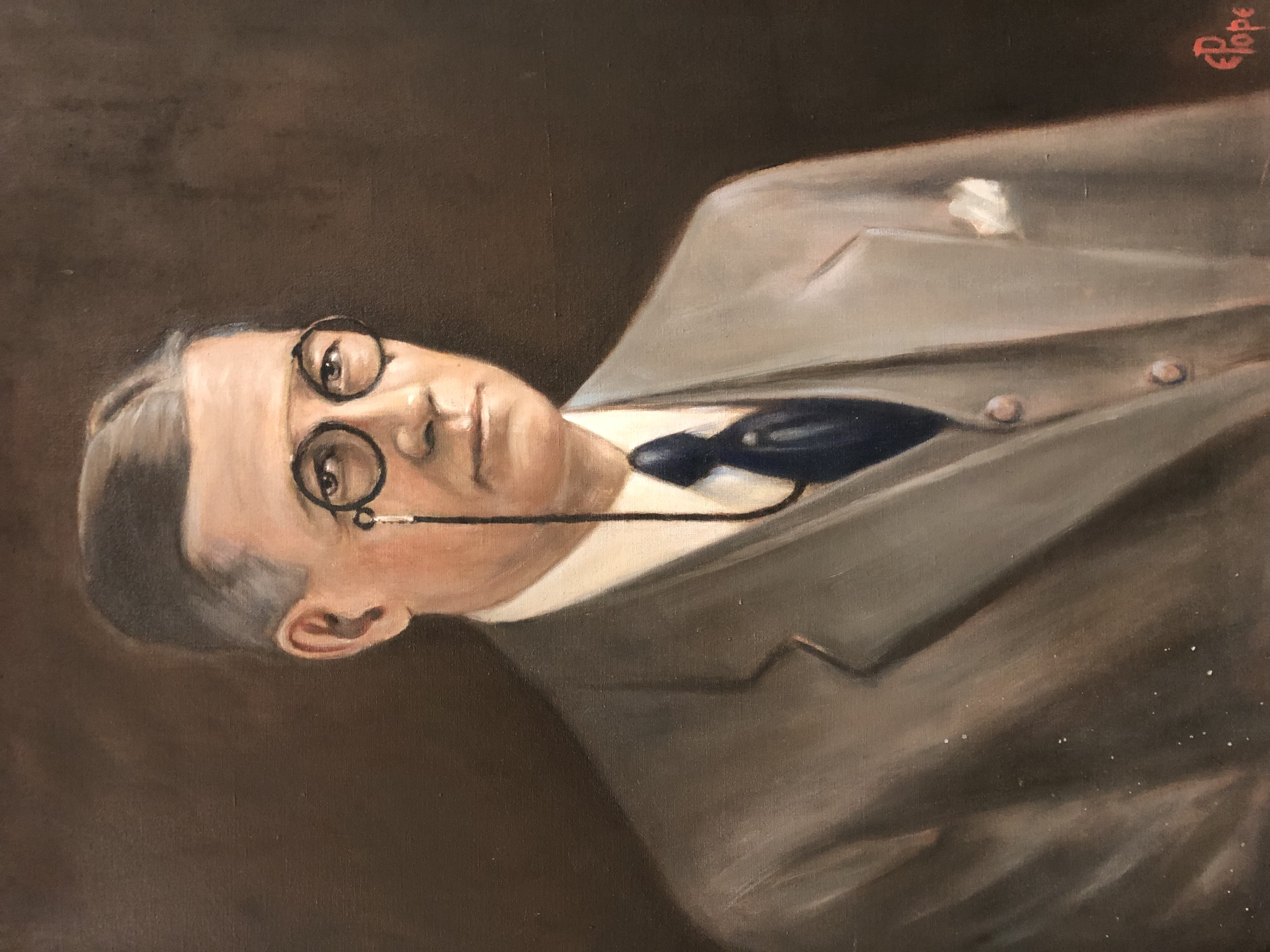 Dr. Egerton L. Pope was the University's first Professor of Medicine and the first Director of Medicine at the University Hospital.
Dr. Egerton L. Pope was the University's first Professor of Medicine and the first Director of Medicine at the University Hospital.
Dr. Pope was a McGill graduate who received graduate training in Medicine in London. In 1923, he was recruited from the University of Manitoba, where he had been an Assistant Professor. With his appointment as a clinical professor, Dr. Pope became Head of the newly-formed Department of Medicine. Dr. Pope was a neurologist and gave the first formal lectures in neurology at the U of A. Initially, Pediatrics, Psychiatry and Preventive Medicine all existed under the Department of Medicine for administrative purposes, and it was only in the early 1950s that they were established as separate departments. Dr. Pope remained Director until his retirement in 1944 and was succeeded by Dr. John W Scott.
Dr. Pope was described as a meticulous clinician and an excellent teacher who followed the Oslerian tradition in teaching and practice.
